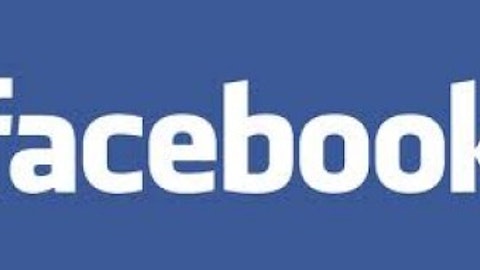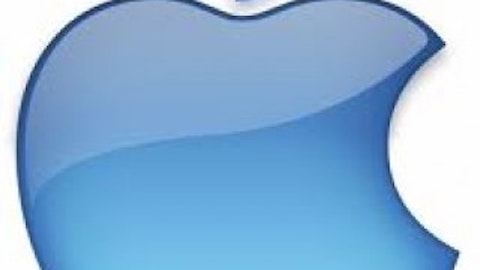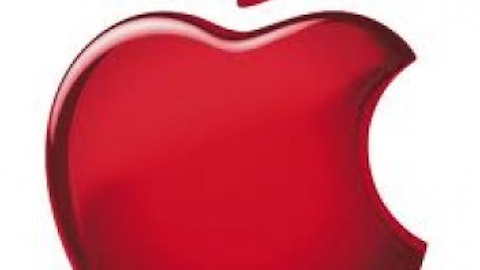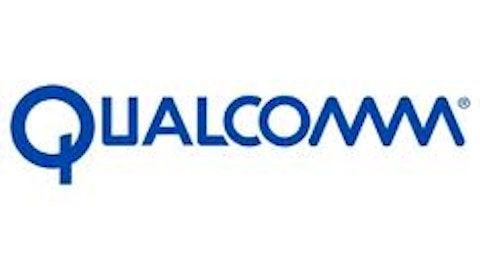David Einhorn, billionaire Chairman of Greenlight Capital Re, Ltd. (NASDAQ:GLRE), has filed a lawsuit against Apple Inc. (NASDAQ:AAPL).
The basis of the legal action is Apple Inc. (NASDAQ:AAPL)’s intent to put forth a proposal at the next shareholder meeting that would make it more difficult to issue preferred stock, in the opinion of Einhorn. As Einhorn spent $250,100 to have lunch with Warren Buffett, chairman of Berkshire Hathaway Inc. (NYSE:BRK.A), back in 2003 and exclaimed about the experience, “To spend time alone with a legend is priceless,” it is safe to say that he is an admirer of “The Oracle of Omaha.” Asking what Warren Buffett would do in a similar situation is now a useful way for Foolish investors to gain insight and hopefully profit from the Einhorn v. Apple showdown.

What Buffett does love is cash to invest, however.
If there is one feature Buffett has always sought in his investing it has been access to the cash being produced by the business operations. Obviously there are many other factors taken into consideration, but Buffett greatly values investments that produce cash that he can use to buy other assets. That is why Berkshire Hathaway does not pay a dividend. This is due to the self-confidence Buffett has in himself as an investor. As Buffett is worth over $50 billion that has been generated through savvy investing, that confidence is well-placed.
This generation of cash is why Buffett favors insurance companies, for example. These entities produce a cash float, which Buffett describes in a Berkshire Hathaway shareholder letter as:
Insurers receive premiums upfront and pay claims later. … This collect-now, pay-later model leaves us holding large sums — money we call “float” — that will eventually go to others. Meanwhile, we get to invest this float for Berkshire’s benefit. …If premiums exceed the total of expenses and eventual losses, we register an underwriting profit that adds to the investment income produced from the float. This combination allows us to enjoy the use of free money — and, better yet, get paid for holding it. Alas, the hope of this happy result attracts intense competition, so vigorous in most years as to cause the P/C industry as a whole to operate at a significant underwriting loss. This loss, in effect, is what the industry pays to hold its float. Usually this cost is fairly low, but in some catastrophe-ridden years the cost from underwriting losses more than eats up the income derived from use of float. …Our float has grown from $16 million in 1967, when we entered the business, to $62 billion at the end of 2009.
Throughout his investing career, Buffett has done all that he can to release excess cash from companies so that he can better deploy in through his buying of other assets. He has often done this through accumulating stock and then demanding changes by the management. As just one example, in 1958 Buffett bought heavily into Sanborn Maps, a company that was trading for around $45 with an asset portfolio worth $65 a share. Buffett bought enough shares of Sanborn Maps to take effective control of the company, eventually forcing the liberation and distribution of the assets for his other investing goals. With more funds at his disposal, Buffett does this now through Berkshire Hathaway buying entire companies.
Interestingly enough, tech behemoths such as Apple, Microsoft Corporation (NASDAQ:MSFT), and Intel Corporation(NASDAQ:INTC) now resemble insurance companies on steroids with the cash floats they produce. Making this even more valuable in the eyes of Buffett is that much of this cash is held outside the United States, generating a significant tax advantage. Buffett has written about how the untaxed capital gains of its stock portfolio is a tremendous competitive advantage for Berkshire Hathaway. In that same way, the cash held overseas by Apple (over $70 billion), Microsoft (over $60 billion), and Intel (over $10 billion) is an edge over rivals as it is not taxed.
From that a float is produced.
Not being taxed is considered a loan from the US Treasury, according to Buffett. In that way, Apple, Microsoft, Intel and other companies with billions abroad profit from the float of taxes that are not paid. It is money “that will eventually go to others,” but until then a float is generated in the billions due to the untaxed money that is kept abroad by Apple, Microsoft, and Intel.
Einhorn is moving as Buffett has in the past to force company management to release capital into the hands of the shareholders. If Einhorn is successful, Foolish investors could be witnessing similar moves on Microsoft, Intel and other tech companies that have far more cash than is needed to responsibly finance the operations of the business. With the high profit margins of Microsoft (21.20%) and Intel (20.63%), the cash reserves should increase, making these companies even fatter targets for investors seeking to have those funds disgorged to shareholders. That could result in profits for Foolish investors and others from special dividends, share buybacks, and increased payouts to reward the shareholders.
The article Apple’s $137 Billion in Cash: What Would Buffett Do? originally appeared on Fool.com and is written by Jonathan Yates.
Copyright © 1995 – 2013 The Motley Fool, LLC. All rights reserved. The Motley Fool has a disclosure policy.




